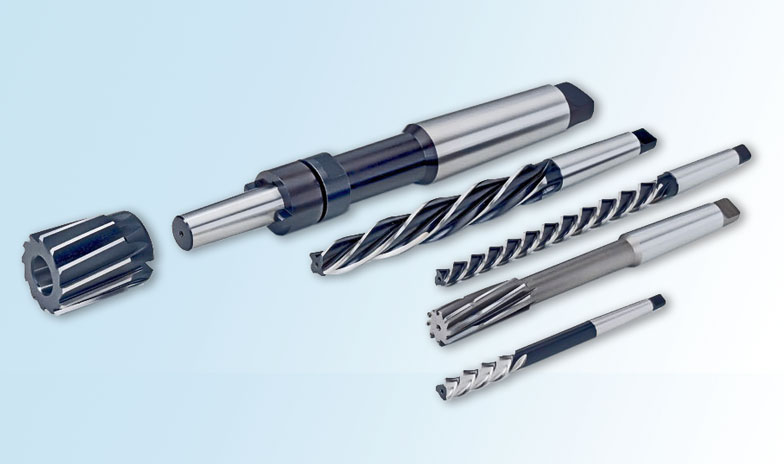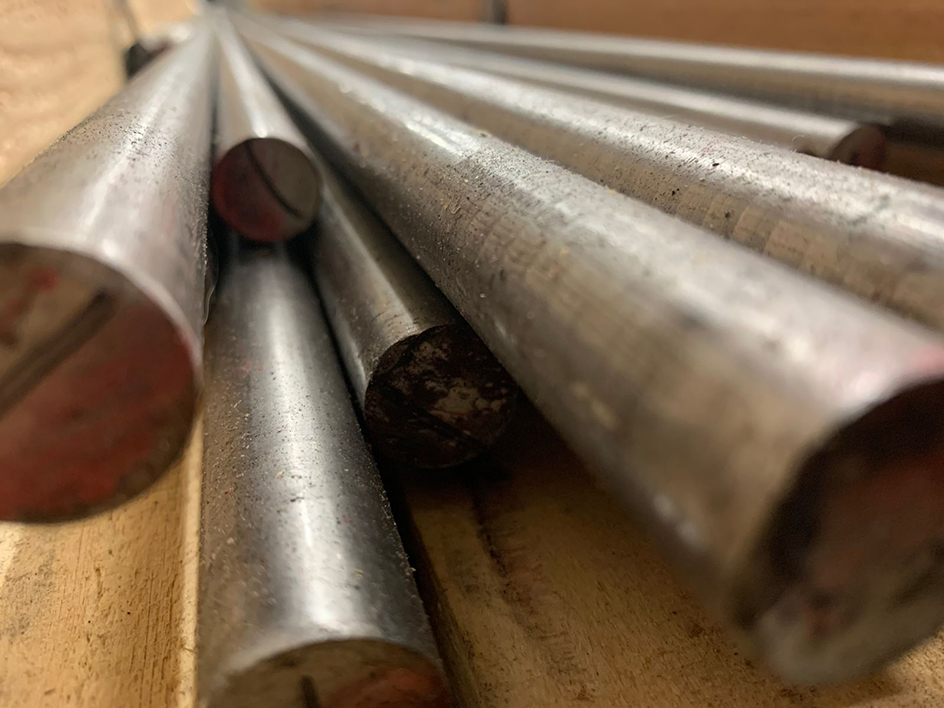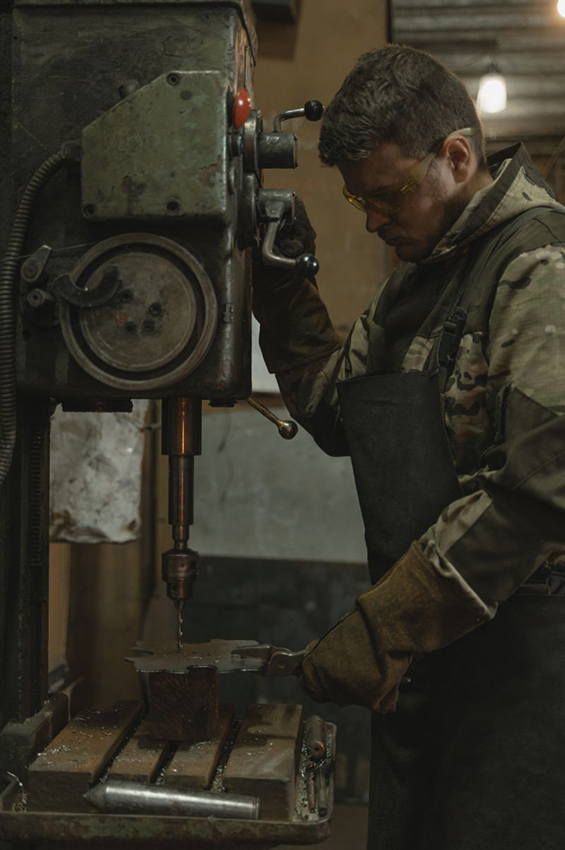Types of Reamers

There are several kinds of reamers created using different materials for various applications within machining. Reamers are also classified based on their construction and method of holding or driving. Here are some of the standard types and classifications that you may see as a machinist.
Types
These are the main types of reamers:
- Chucking Reamers are the most widely used reamer and commonly used in lathes to enlarge smooth holes.
- Morse Taper Reamers are used to finish morse taper holes or sleeves.
- Automotive Reamers are used to ream steel for car parts such as steering arms, ball joints, and tie rod ends in vehicles.
- Die Maker Reamers are used to create tools such as die sets, punches, and steel rule dies.
- Welding Equipment Reamers are used for precision finishing in welding guns, cap-type electrodes, and other welding equipment.
- Taper Pin Reamers are used to make tapered holes for taper pins.

Reamers are made from different types of material depending on durability preferences for the job:
- High Speed Steel is the most commonly used material since it’s inexpensive.
- Tungsten Carbide is more expensive, but has higher longevity than high speed steel.
Certain types can also be customized for special flute styles such as Right Hand Spiral, Left Hand Spiral, Straight Flute, or with Chip Breakers.
Reamer Classifications
Reamers can be categorized by how they were built:
- Solid Reamers are those made from out of one piece of tool material.
- Tipped Solid Reamers have a body of one material with cutting edges of another material brazed or bonded in place.
- Inserted Blade Reamers have replaceable mechanically retained blades that may be solid or tipped and are usually adjustable.
- Expansion Reamers are those whose size may be increased by deflecting or bending segments of the reamer body.
- Adjustable Reamers are those whose size may be changed by sliding or moving the blades toward or away from the reamer axis.

Reamers can also be grouped by its method of holding or driving:
- Left Hand and Right Hand Reamers are used to describe the direction of rotation and the direction of flute helix of reamers.
- Hand of Rotation (or Hand of Cut):
- Right Hand Rotation (or Right Hand Cut) is the the counterclockwise rotation of a reamer revolving so as to make a cut when viewed from the cutting end.
- Left Hand Rotation (or Left Hand Cut) is the clockwise rotation of a reamer revolving so as to make a cut when viewed from the cutting end.
- Note: Pull Reamers are considered to be Right Hand Cut if when viewed from the cutting end, they must be rotated in a clockwise direction in order to cut.
- Hand of Flute Helix:
- Straight Flutes are reamers with their cutting edges in planes parallel to the reamer axes.
- Alternate Helix Reamers are ones with every other flute of opposite (right and left hand) helix.
- Right Hand or Left Hand Helix are reamers with the flute helix in only one direction.
Reamers have a Right Hand Helix when the flutes twist away from the observer in a clockwise direction when viewed from either end of the reamer. Alternatively, they have a Left Hand Helix when it twists in a counterclockwise direction.